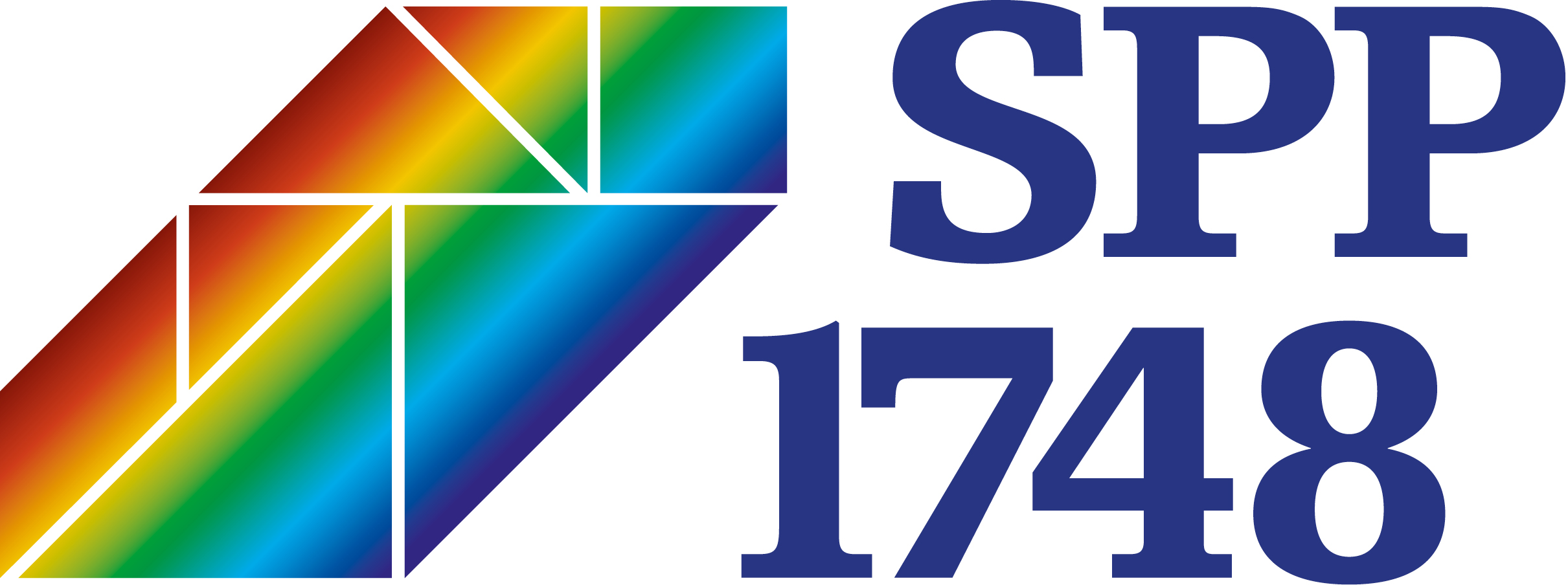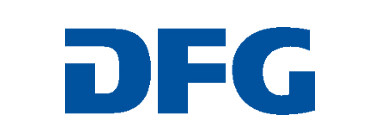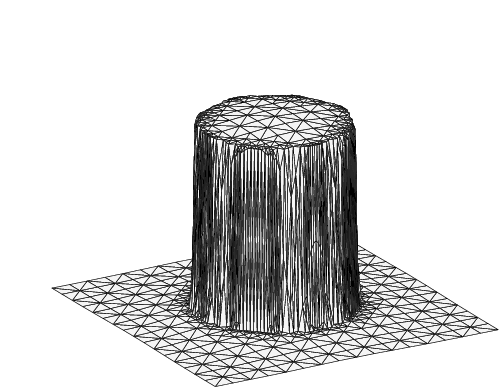Publications
Benchmark Collection SPP 1748:
J. Schröder, T. Wick, S. Reese, P. Wriggers, R. Müller, S.
Kollmannsberger, M. Kästner, A. Schwarz, M. Igelbüscher, N. Viebahn, H.
R. Bayat, S. Wulfinghoff, K. Mang, E. Rank, T. Bog, D. d'Angella, M.
Elhaddad, P. Hennig, A. Düster, W. Garhuom, S. Hubrich, M. Walloth, W.
Wollner, Ch. Kuhn, T. Heister;
A selection of benchmark problems in solid mechanics and applied mathematics,
Archives of Computational Methods in Engineering (ARCO), Aug 2020, accepted
Hybrid discretizations in solid mechanics for non-linear and non-smooth problems
2020:
H. R. Bayat, S. Rezaei, A. Rajaei Harandi, T. Brepols, S. Reese,
About the influence of neglecting locking effects on the failure behavior at the interface.
PAMM, Submitted June 26, 2020, 2020.
2019:
2018:
2017:
Structure Preserving Adaptive Enriched Galerkin Methods for Pressure-Driven 3D Fracture Phase-Field Models
2020:
2019:
2018:
Robust and Efficient Finite Element Discretizations for Higher-Order Gradient Formulations
2020:
J. Riesselmann and J. Ketteler and M. Schedensack and D. Balzani,
Rot-free finite elements for gradient-enhanced formulations at finite strains,
PAMM Proc. Appl. Math. Mech., V. Bach and H. Fassbender, 2020, Submitted for publication.
J. Riesselmann, J. Ketteler, M. Schedensack, D. Balzani.
Rot-free mixed finite elements for gradient elasticity at finite strains.
2020. Submitted.
2019:
Riesselmann, J. and Ketteler, J.W. and Schedensack, M. and Balzani, D.
C0 continuous finite elements for gradient elasticity at finite strains,
Proc. of 8th GACM Colloq. on Comp. Mech., pages 27-30, 2019.
D. Gallistl., M. Schedensack.
Taylor–Hood discretization of the Reissner–Mindlin plate.
Submitted for publication
J. Riesselmann, J. Ketteler. M. Schedensack, D. Balzani.
Rot-free finite elements for gradient-enhanced formulations at finite strains.
PAMM Proc. Appl. Math. Mech., editors: V. Bach and H. Fassbender, 2019.
Submitted for publication.
Adaptive isogeometric modeling of propagating strong discontinuities in heterogeneous materials
2020:
P. Henning, D. Peterseim.
Sobolev gradient flow for the Gross-Pitaevskii eigenvalue problem: global convergence and computational efficiency.
SIAM Journal on Numerical Analysis, Vol. 58, No. 3, pages 1744-1772, 2020.
2019:
2018:
2017:
P. Morgenstern.
Mesh Refinement Strategies for the Adaptive Isogeometric Method. PhD thesis.
Rheinische Friedrich-Wilhelms-Universität Bonn, 2017.
T. Linse, P. Hennig, M. Kästner, R. De Borst.
An analysis of convergence in phase-field models for brittle fracture.
submitted to: International Journal of Solids and Structures, 2017.
A. C. Hansen-Dörr, P. Hennig, M. Kästner, K. Weinberg.
A numerical analysis of the fracture toughness in phase-field modelling of adhesive fracture.
submitted to: Proceedings in Applied Mathematics and Mechanics.
D. Gallistl, D. Peterseim.
Computation of local and quasi-local effective diffusion tensors and connections to the mathematical theory of homogenization.
SIAM Multiscale Modeling & Simulation, Vol. 15, No. 4, pages 1530-1552, 2017.
2016:
2015:
Finite element approximation of functions of bounded variation and application to models of damage, fracture and plasticity
2020:
2018:
2017:
R. Rossi, M. Thomas.
From nonlinear to linear elasticity in a coupled rate-dependent/rate-independent system for brittle
delamination.
Accepted in INDAM-Springer series: Symposium on Trends in Applications of Mathematics to Mechanics, 2017.
2016:
Foundation and Application of Generalized Mixed FEM Towards Nonlinear Problems in Solid Mechanics
2020:
Bringmann, P.
Adaptive least-squares finite element method with optimal convergence rates
Dissertation, Humboldt-Universität zu Berlin,
Mathematisch-Naturwissenschaftliche Fakultät, 2020
2019:
2018:
2017:
2016:
High-order immersed-boundary methods in solid mechanics for structures generated by additive processes
2020:
2019:
2018:
2017:
A. Düster, E. Rank, B. Szabo.
The p-Version of the Finite Element and Finite Cell Methods.
Encyclopedia of Computational Mechanics, volume 2, pages 1–35, 2017.
S. Kollmannsberger, A. Özcan, M.Carraturo, N. Zander, E. Rank.
A hierarchical computational model for moving thermal loads and phase changes with applications to Selective Laser Melting.
Preprint, 2017.
2016:
2015:
Hubrich, S. and Joulaian, M. and Düster, A.,
Numerical integration in the finite cell method based on moment-fitting,
Proceedings of 3rd ECCOMAS Young Investigators Conference, 6th GACM Colloquium, pages 1-4, 2015
Hybrid discontinuous Galerkin methods in solid mechanics
2018:
2017:
A. Matei, S. Sitzmann, K. Willner, B. Wohlmuth.
A mixed variational formulation for a class of contact problems in viscoelasticity.
Submitted, 2017.
2016:
2015:
Isogeometric and stochastic collocation methods for nonlinear probabilistic multiscale problems in solid mechanics
2020:
2019:
2018:
2017:
2016:
2015:
First-order system least squares finite elements for finite elasto-plasticity
2018:
2017:
F. Bertrand, M. Moldenhauer, G. Starke.
A Posteriori Error Estimation for Planar Linear Elasticity by Stress Reconstruction.
SIAM Journal on Numerical Analysis, submitted.
2016:
Advanced Finite Element Modeling of 3D Crack Propagation by a Phase Field Approach
2020:
2018:
2017:
2016:
C. Kuhn, T. Noll, R. Müller.
On phase field modeling of ductile fracture.
GAMM- Mitteilungen, 2016.
Novel finite element technologies for anisotropic media
2019:
2018:
2017:
P. Wriggers, B. Hudobivnik, J. Schröder.
Finite and virtual element formulations for large strain anisotropic material with inextensive fibers.
in Multiscale Modeling of Heterogeneous Structures, eds. J. Soric and P. Wriggers, Lecture Notes in Applied and Computational Mechanics, Springer, 2017.
P. Wriggers, B. Hudobivnik, J. Korelc.
Efficient Low Order Virtual Elements for Anisotropic Materials at Finite Strains.
in Advances in Computational Plasticity, 2017.
N. Viebahn, J. Schröder, P. Wriggers, F. Auricchio
Challenges of stability analysis using mixed FEM
Proceedings in Applied Mathematics and Mechanics, submitted
2016:
Large-scale simulation of pneumatic and hydraulic fracture with a phase-field approach
2017:
C. Bilgen, A. Kopanicakova, R. Krause, K. Weinberg.
A phase-field approach to conchoidal fracture.
Under review at Meccanica, 2017.
T. Dally, K. Weinberg, C. Bilgen.
Cohesive elements or phase-field fracture: Which method is better for reliable analyses in dynamic fracture?
Submitted to: Engineering Fracture Mechanics, 2017.
C. Bilgen, A. Kopanicakova, R. Krause, K. Weinberg.
A phase-field approach to pneumatic fracture.
submitted to: Proceedings in Applied Mathematics and Mechanics, 2017.
2016:
A novel smooth discretization approach for elasto-plastic contact of bulky and thin structures
2018:
2017:
A. Seitz, W.A. Wall, A. Popp.
A computational approach for thermo-elasto-plastic frictional contact based on a monolithic formulation employing non-smooth nonlinear complementarity functions.
submitted to: Advanced Modeling and Simulation in Engineering Sciences, 2017.
C. Meier, M.J. Grill, W.A. Wall, A. Popp.
Geometrically exact beam elements and smooth contact schemes for the modeling of fiber-based materials and structures.
submitted to: International Journal of Solids and Structures, 2017.



